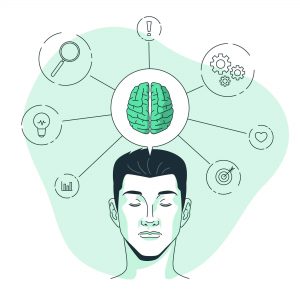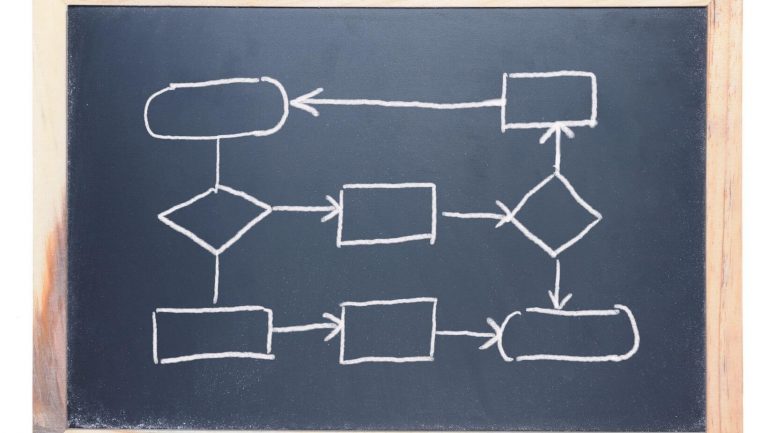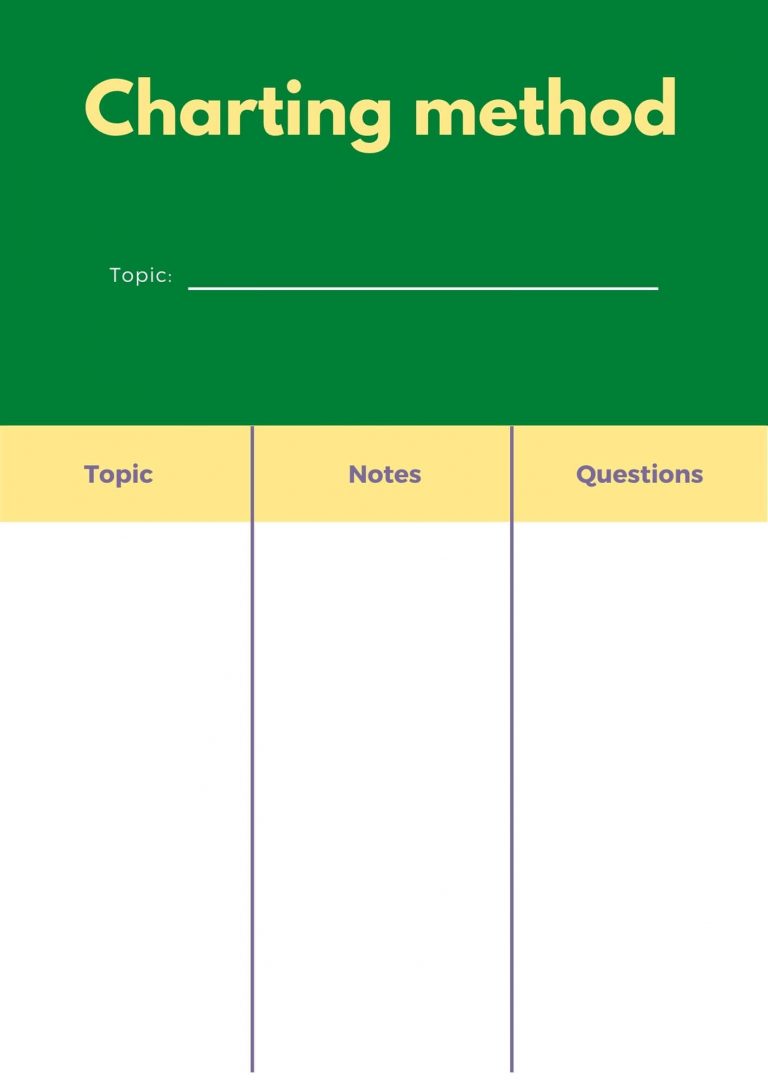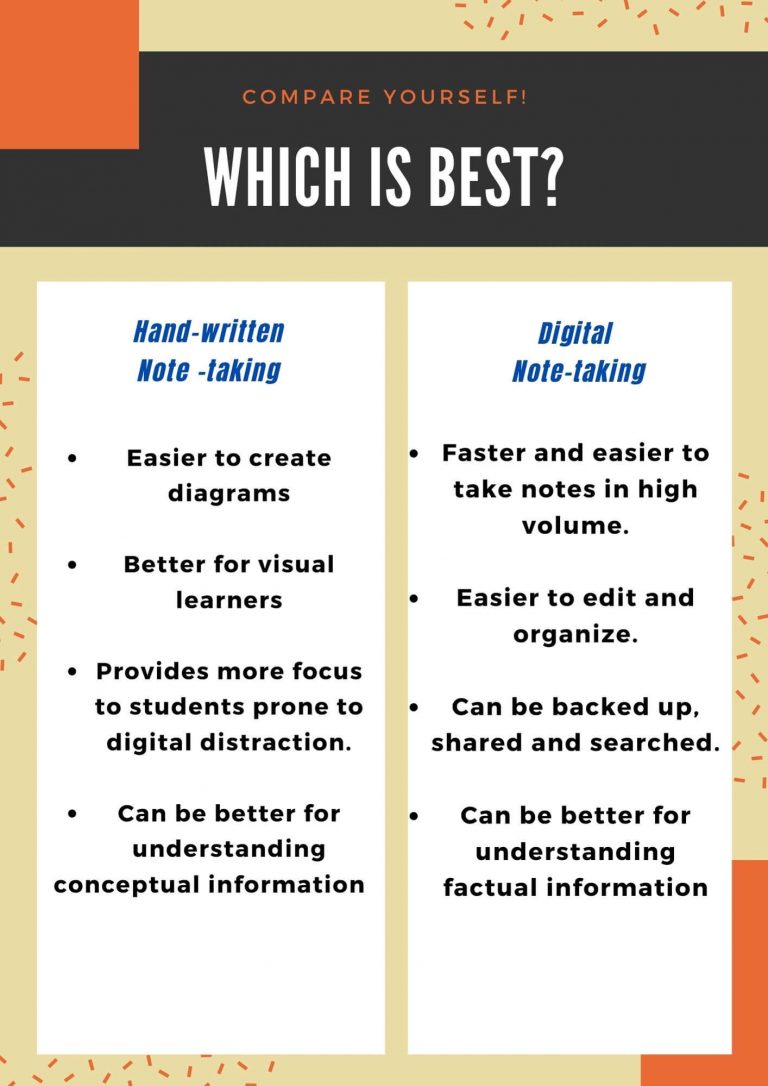Introduction
If there is one thing that every student loves to do for their studies, it is note-taking. Every student now and then has experimented with different note taking strategies for college. But not everyone could find out the perfect ways to organize their notes.
Note-taking is fun and helpful. But it can be overwhelming when students fail to summarize a topic effectively. Not all note-taking strategies are appropriate for all students and their learning process. It is a student’s responsibility to find through trial and error which note-taking strategy is best for him. Many students are not acquainted with the practical and popular note taking strategies for college.
Do not worry. By the end of this article, you will know about all the note taking strategies and will be able to decide which one is best for you.
Best note taking strategies for college
1) The Cornell Method:
The Cornell Method is the most popular note taking technique. It is simple yet effective. This can be different based on what type of subject you are learning, but the basic structure is pretty similar. The organization in Cornell method makes this note taking special.
Procedure:
- Draw the layout of the page with a header and a footer region.
- Divide the middle portion into right and left columns in a 3:1 ratio. Label the left column as Keywords/cues and the right column as notes.
- Header: In this region, write the name of the topic, date, subject, and anything for future identification of the note.
- Notes: This is the region (right-hand column) where you should note the actual information. You can place pictures, diagrams, charts, or any information about your learning topic.
- Questions/ Keywords: Write a cue on the left side related to the information on the right side.
- Footer region: Finally, write a summary of the notes in the least words possible. This summary will help for better comprehension and understanding.

Advantage:
- It helps to remember information in organized chunks.
- The cue/ note format helps you to practice active recall through your notes.
- Notes become easy to revise
- Great organization
Drawbacks:
- Students must know how to summarize effectively. Otherwise, this method becomes a failure.
- Not very helpful for memorizing facts and figures
2) Mind Mapping:
A mind map is a visual presentation of the information. It is very concise and compelling if done correctly. Mind mapping encourages meaningful learning by linking prior knowledge to new knowledge.
Process:
- Take a page and write the topic you want to learn in the center of the page horizontally.
- Start providing branches from the central topic. I would recommend you to use different colors for different branches.
- Label the branches
- Create sub-branches for each of the prior branches.
- Label the sub-branches
- I suggest you use diagrams, pictures in the branches and sub-branch level for better efficacy

Advantages:
- Great for visual learners
- Very easy to execute and time-effective
- Helps to find a meaningful relationship between different aspects of a topic.
- Great for retention and comprehension
Disadvantages:
- For using this method, you first need to have a complete idea about the topic.
- Students may run out of space depending on the class.
3) Outline method:
The outline method is the most commonly used note-taking method. It is based on hierarchy and bullet points. There is no other note taking as simple as this one.
Process:
- Make top-level bullet points of the critical points in the lecture
- Then there are sub-sections of these bullet points
- Finally, fill the sub-sections with the necessary information with sentences, pictures, and diagrams.
Advantages:
- Super Simple
- Notes remain clear and organized.
- Helps to find connections between ideas.
Disadvantages:
- It may not be so concise, so it isn’t easy to revise
- Not helpful for discussions or free-form lectures.
- Requires cramming of bullet points.
4) Flow notes
Flow note is very much similar to that of mind mapping, but it has no definite structure. It helps to link information and is pretty simple and easy to make. It is a holistic method that works great in lectures with no apparent structure or rules.
Procedure:
- Write a topic
- Link pieces of information related to that topic.
- Connect other topics that are related to the present topic.

Advantages:
- Can quickly note enormous amounts of information.
- Helps to find a meaningful relation between different topics
- Notes can be taken while listening to the lecture.
Disadvantages:
- Difficult to revise
- Ineffective summarization leads to massive chunks of information.
- Does not encourage much use of diagrams and charts
5) Charting method:
This method is based on making summary tables on different topics. It helps summarize similar topics and for comparison between specific topics. We can also use it for noting numerical values.
Process:
- Make a chart with a certain number of rows and columns (according to need )
- Label the different columns with unique properties.
- Fill up the information of each property in each column.

Advantages:
- Quickly find meaningful relationships with other pieces of information
- Concise and summarized. Better for memorization and revision before exams.
- Clear, structured, and straightforward.
- Helpful for studying numerical data
Disadvantages:
- Not helpful in topics that require much elaboration, e.g., Organic Chemistry, Math.
- You cannot use this method while listening to a lecture.
Effective Tips for Note taking
- Keep all your notes for a specific subject in a separate notebook.
- Number your pages and make a content page for easy navigation through your notebook
- Use abbreviations. For summarization, use your abbreviation.
- Stay consistent. The reason students cannot use notes effectively is their lack of consistency.
- Keep your notes short and interactive. Fill it with pictures, diagrams, charts, questions, facts, and more. If your notes are similar to your books, their value decreases. Make it your tutor.
Digital note taking vs. Handwritten note taking: Which one is best for you?
Both digital and handwritten note-taking have their benefits and drawbacks. You cannot place one above the other. This decision wholly depends on your likability and availability of resources.
Things that you should consider between Digital and Handwritten Note taking:

Conclusion
There are no perfect note taking strategies for college. We can use all of them according to their benefits. It is up to you to experiment with different note-taking strategies to assess which works best for you. Whenever you find your best suited note taking strategy, practice the technique repeatedly to get the most of any strategy.
Hope this article helps you to find your most suitable note taking strategy. Best of luck.



